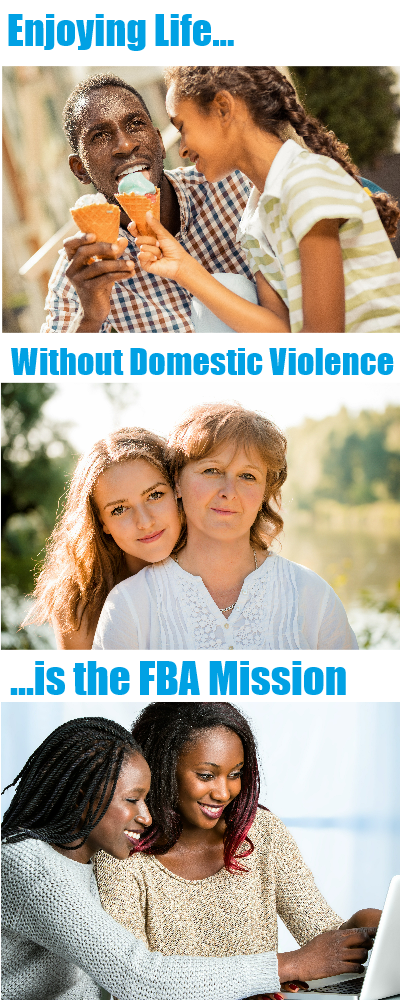Common Myths and Facts
Myth 1: Domestic violence does not affect many people.
Fact: It is the single most common source of injury to survivors, more common than automobile accidents, muggings, and rape by a stranger combined.
Myth 2: His violence is temporary. Battering is only a momentary loss of temper.
Fact: Battering is the establishment of control and fear in a relationship through acts of violence and other forms of abuse. The batterer uses a series of behaviors, including physical force, verbal threats and psychological abuse to coerce and control the other person.
Myth 3: Domestic violence only occurs in poor, urban areas.
Fact: No state, no city, no community and no neighborhood is immune from domestic violence. Perpetrators and victims come from all races, religions, cultures, age groups and socioeconomic levels.
Myth 4: Domestic violence is just a push, slap or punch – it does not produce serious injuries.
Fact: Domestic violence can lead to fatalities. A large portion of rapes, physical assaults and ongoing abuse cases committed against women by intimate partners result in injury and the need for medical care.
Myth 5: If an abusive relationship gets bad enough, the victim will leave.
Fact: Many survivors do not want the relationship to end; they want the violence to end. Factors like financial, religious, cultural and family pressures and/or fear of court or police involvement may keep a survivor in the relationship. The survivor may have tried to leave and the abuser threatened to harm the survivor more if they leave.
Myth 6: Maybe if they just got help for substance abuse, the abuse will stop.
Fact: Problems with alcohol and drug use may intensify violent behavior, but it does not cause it. Batterers are abusive with or without these substances. Abusers want all the power and control in the relationship and that is their motivation. Taking away the alcohol, does not stop the abuse.
Myth 7: If a survivor wants your help, they will ask for it.
Fact: A survivor may be too embarrassed or humiliated to ask for help. Survivors in violent homes are often isolated from friends and family by their abusers. The abuser wants total control and does not want the survivor talking to others. It is important to continue to reach out to the survivor and let them know you care.
Myth 8: With loyalty and love, you can make the abuser change. There will be more good times.
Fact: You may think you can get them to change their behavior if you are the “perfect” partner. Qualified intervention programs may provide the knowledge and skills to stop violent behavior, but only the abuser can decide whether they will use this newfound understanding to fix their patterns of abuse.
Myth 9: The violence will likely happen less and become decreasingly severe over time.
Fact: Studies show that over time, without intervention, violence in the relationship is likely to get worse – more frequent and more dangerous.
Myth 10: If you are struggling with a relationship, you will benefit from couples counseling.
Fact: Joint counseling does NOT work in violent relationships! Often, it can even be dangerous. If the survivor speaks candidly to the counselor, they may suffer more abuse when they get home. Domestic violence is the sole responsibility of the abuser. The abuser needs to work on the issue in a specialized program for abusers.



